Hiden, Miami’s Secret Japanese Restaurant
This bar with eight seats has built a reputation on the mystery that surrounds it and the precision of its chef who specialises in raw fish.
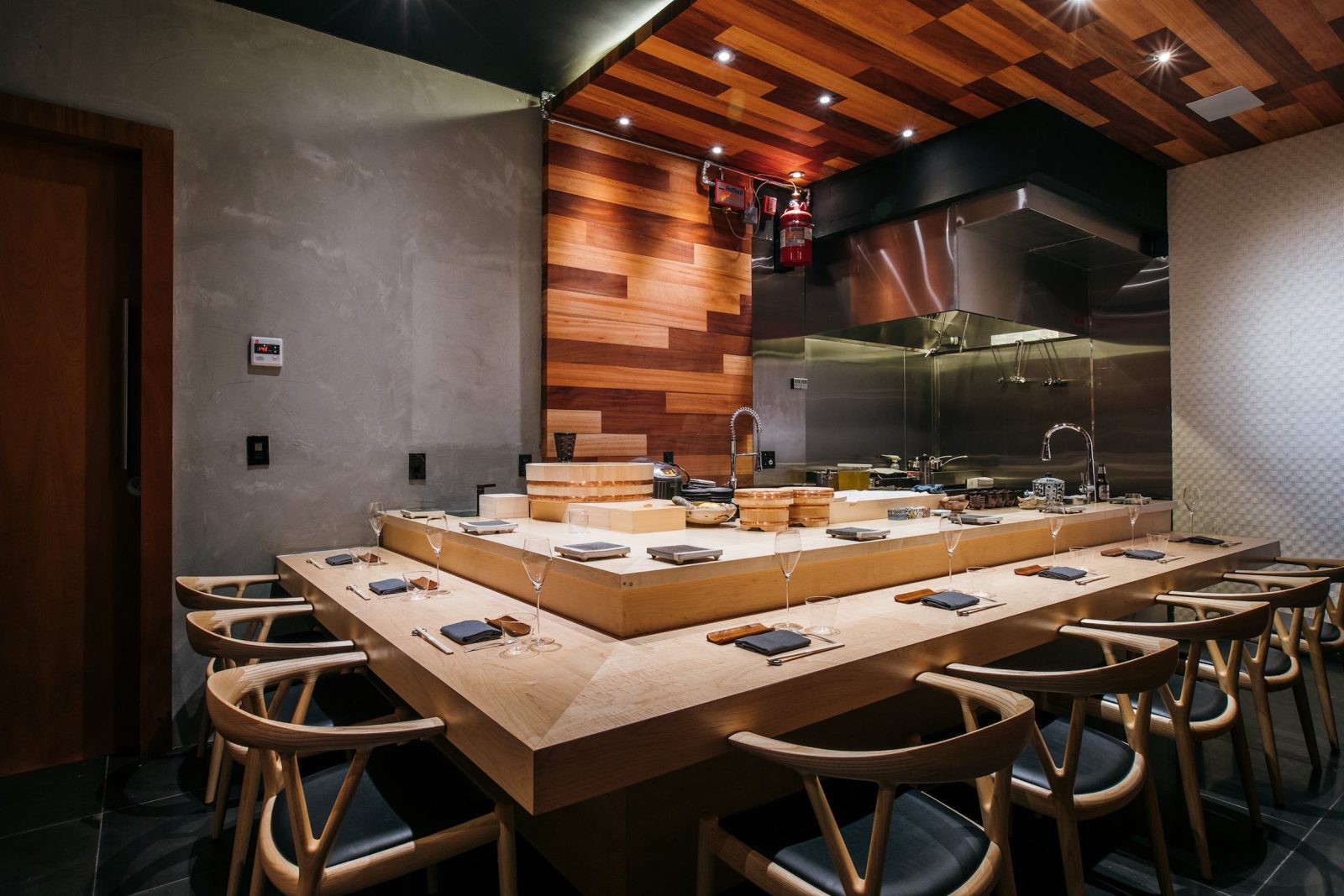
© Showa Hospitality
Behind a secret door in a taco restaurant in Wynwood, Miami, lies Hiden, a small omakase restaurant. It is impossible to give its exact location, as the address remains a secret until the day of the meal and reservations can only be made online.
Enhancing the essence of fresh produce
Tasting often begins with oysters, followed by melt-in-the-mouth sashimi. Miso soup (garnished with crab and eggs) is served at the beginning, not the end of the meal, as is traditionally the case. For the main course, the restaurant with just eight seats showcases fresh produce like yellowtail, marinated tuna, mackerel, and wagyu beef.
Shingo Akikuni, the chef who presides over the counter, moved here from Japan. He hails from a long line of sushi masters, being part of the third generation, and trained in knife skills in the family restaurant in Osaka. He then worked his way up in internationally renowned restaurants in locations from Ibiza to New York. What matters most to him is varying the menu and ingredients according to the seasons. As a result, diners never know what to expect when they step inside the restaurant. To try his cuisine, organisation is vital: although the address is secret, the restaurant is often fully booked weeks in advance.
More information on Hiden can be found on the restaurant’s website.
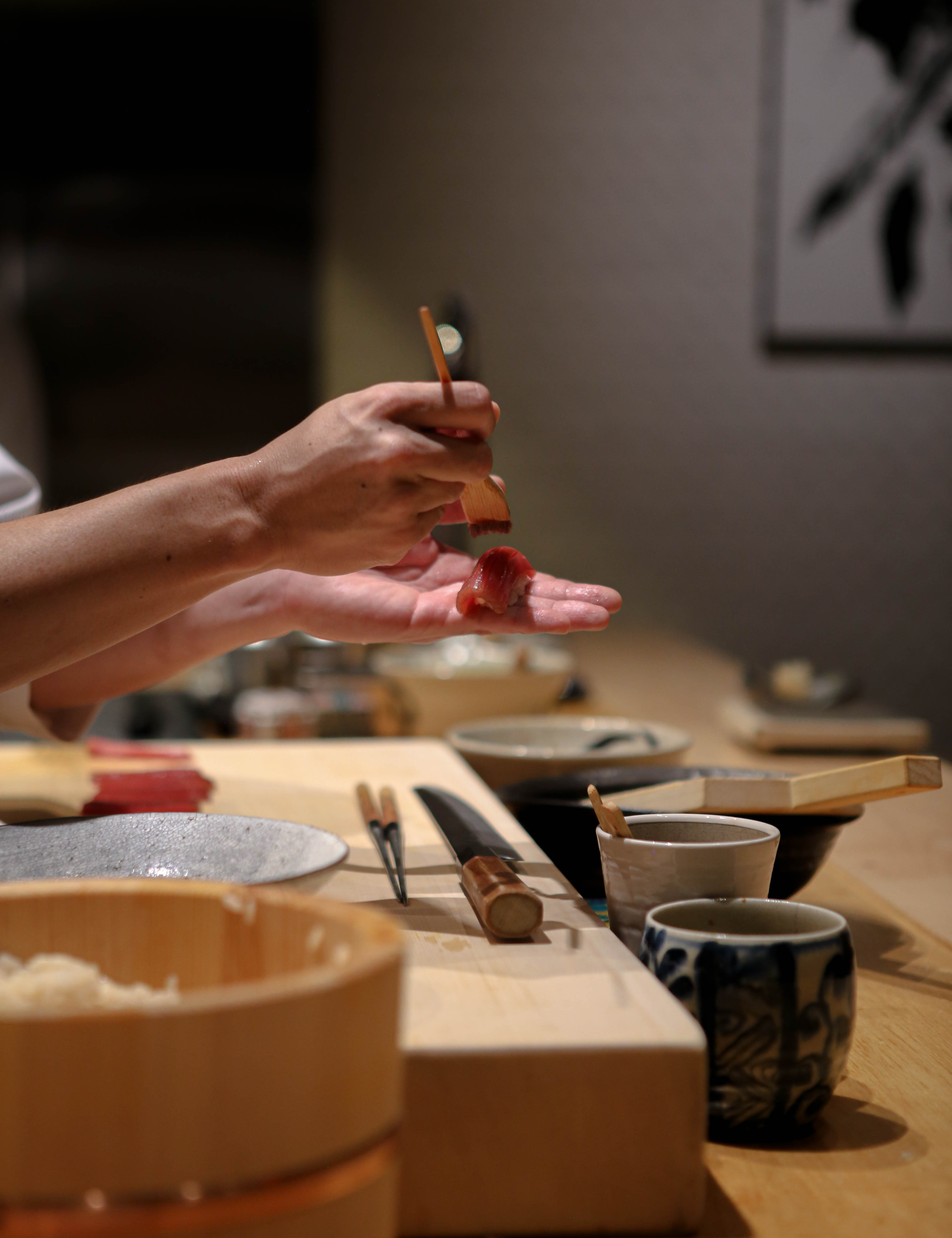
© Salsa Digital
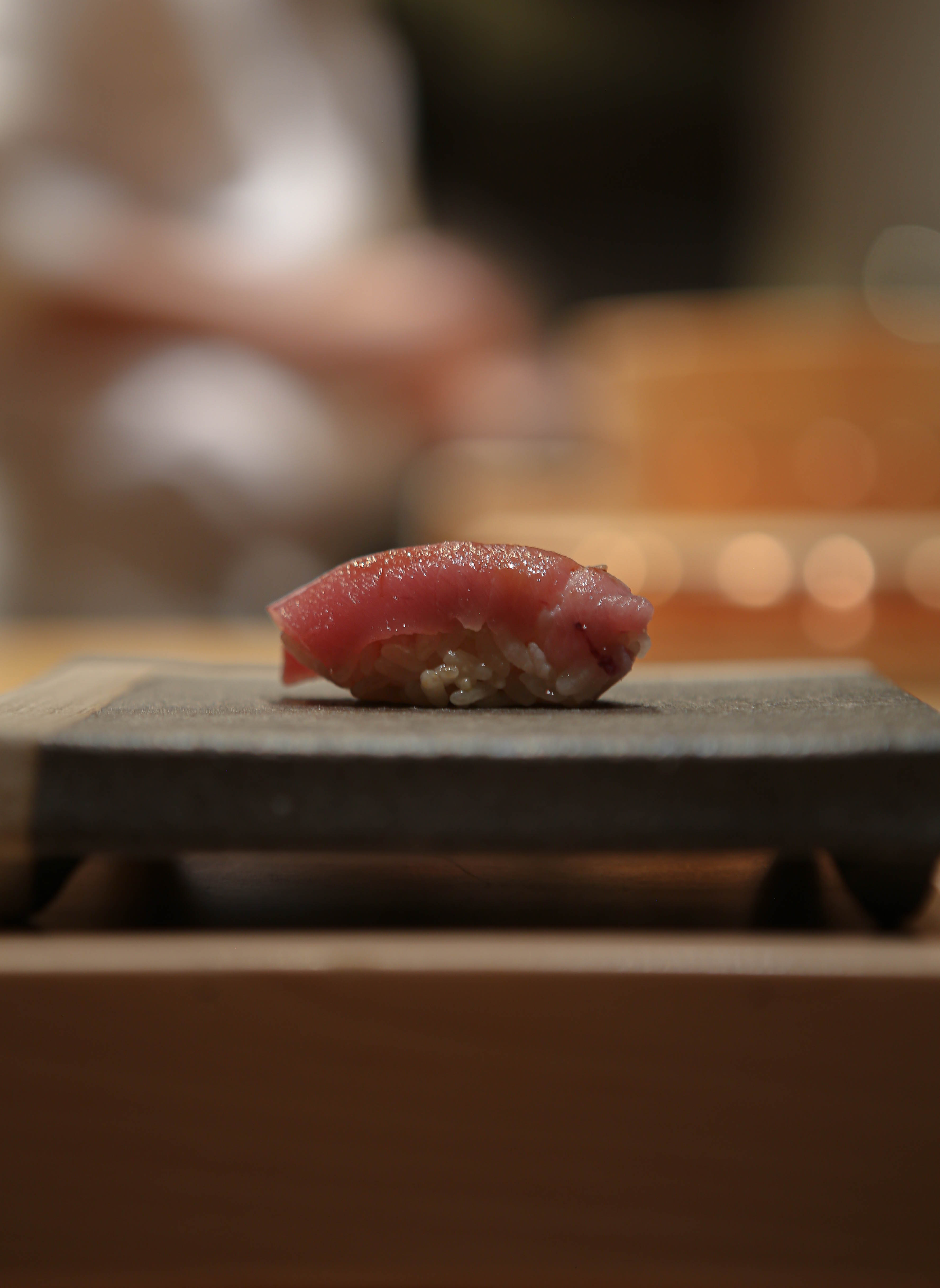
© Salsa Digital
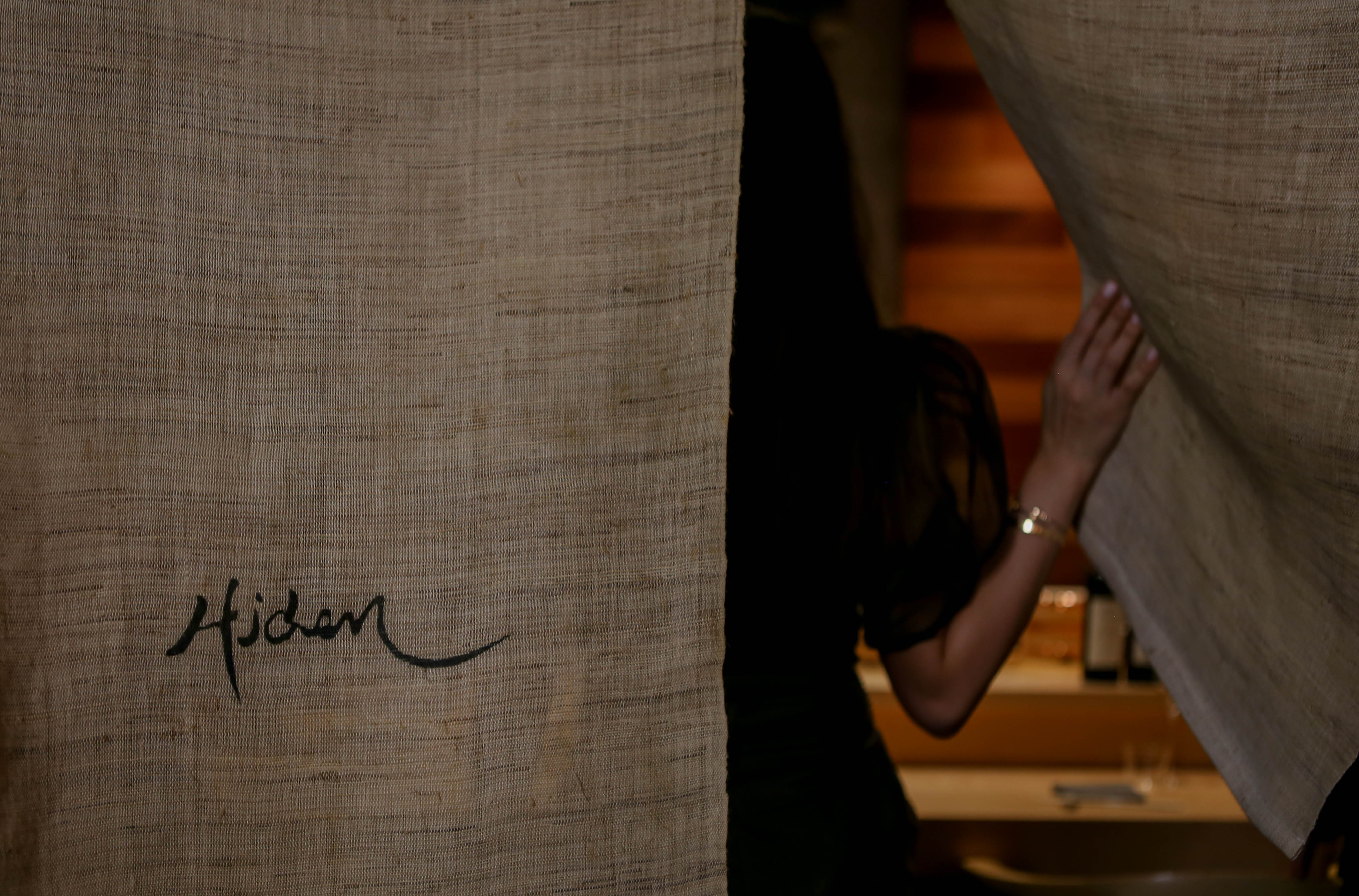
© Salsa Digital
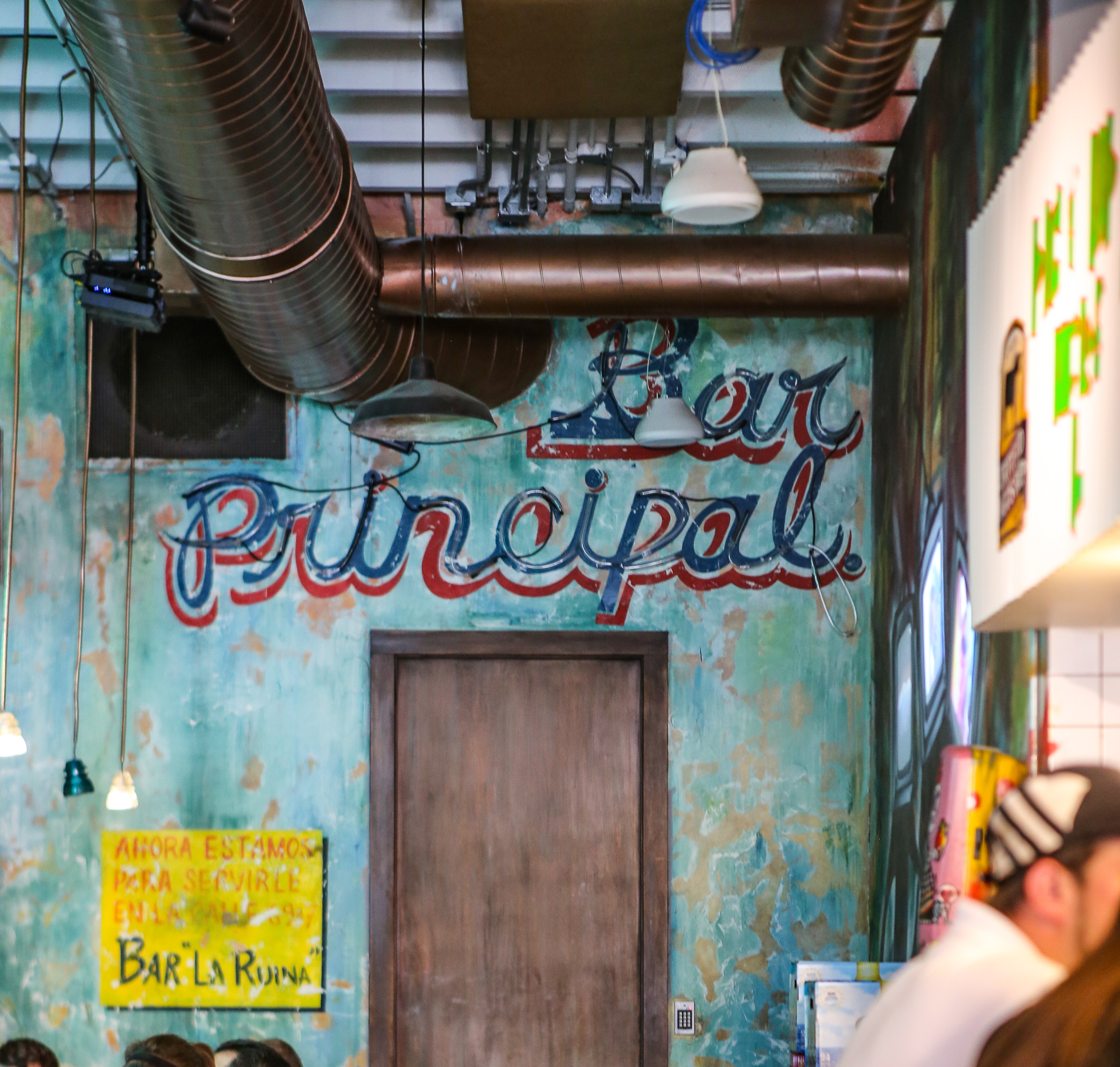
© Salsa Digital
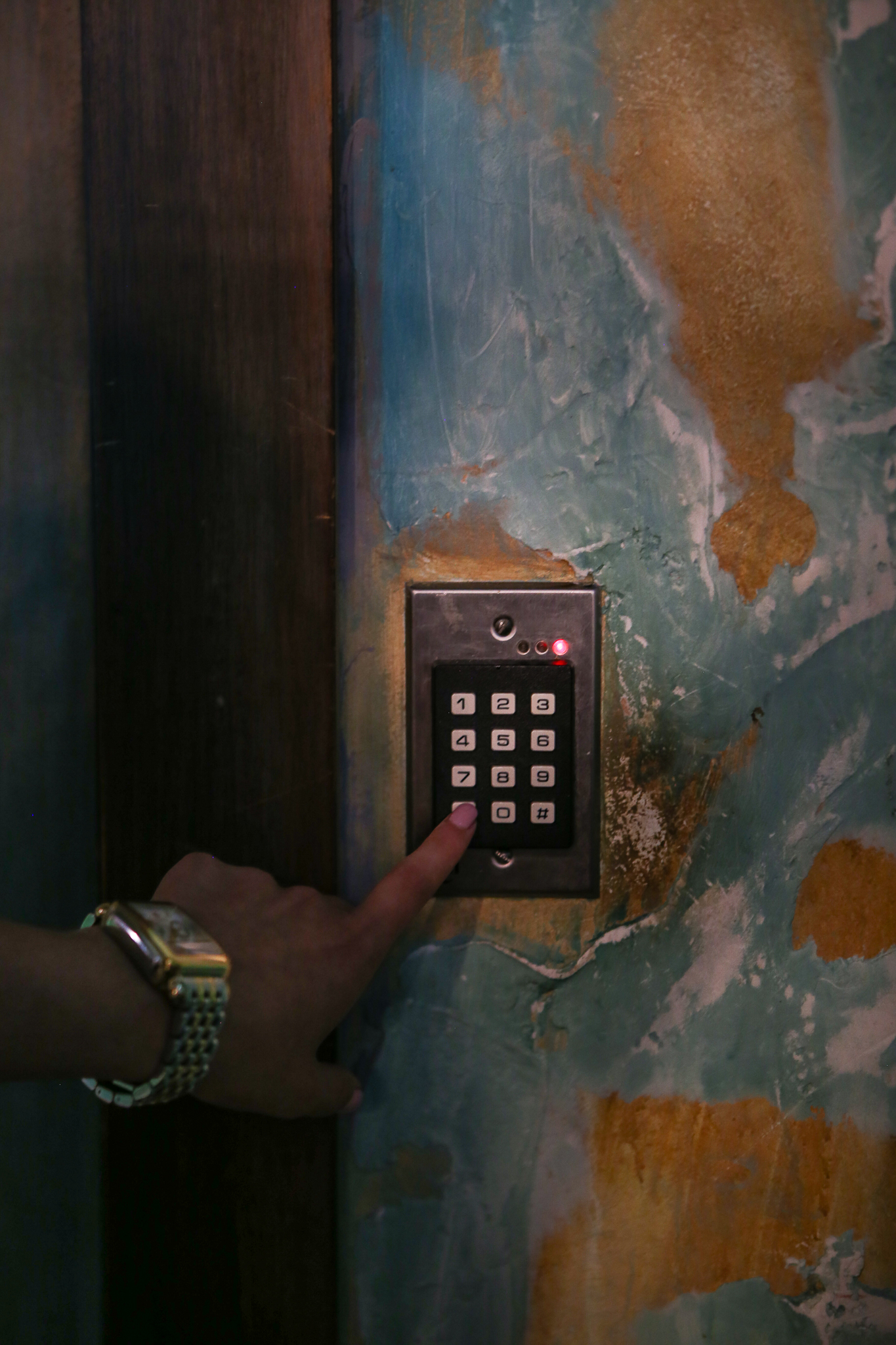
© Salsa Digital
TRENDING
-
The Tattoos that Marked the Criminals of the Edo Period
Traditional tattoos were strong signifiers; murderers had head tattoos, while theft might result in an arm tattoo.

-
Chiharu Shiota, Red Threads of the Soul
Last year, more than 660,000 people visited the retrospective 'Chiharu Shiota: The Soul Trembles' exhibit at the Mori Art Museum.

-
‘Before Doubting Others, Doubt Yourself. Who Can Truly Say a Dish Isn’t What It Used to Be?’
In ‘A Non-Conformist’s Guide to Surviving Society’, author Satoshi Ogawa shares his strategies for navigating everyday life.

-
The Story of Sada Yacco, the Geisha who Bewitched Europe
Described by Dazed magazine as the first beauty influencer, she has been restored to her former glory since 2019.

-
Ito Jakuchu's Naturalist Paintings
From 15 September until 14 October 2018, the Petit Palais showcased the artist's iconic ‘Images of the Colourful Realm of Living Beings’.





